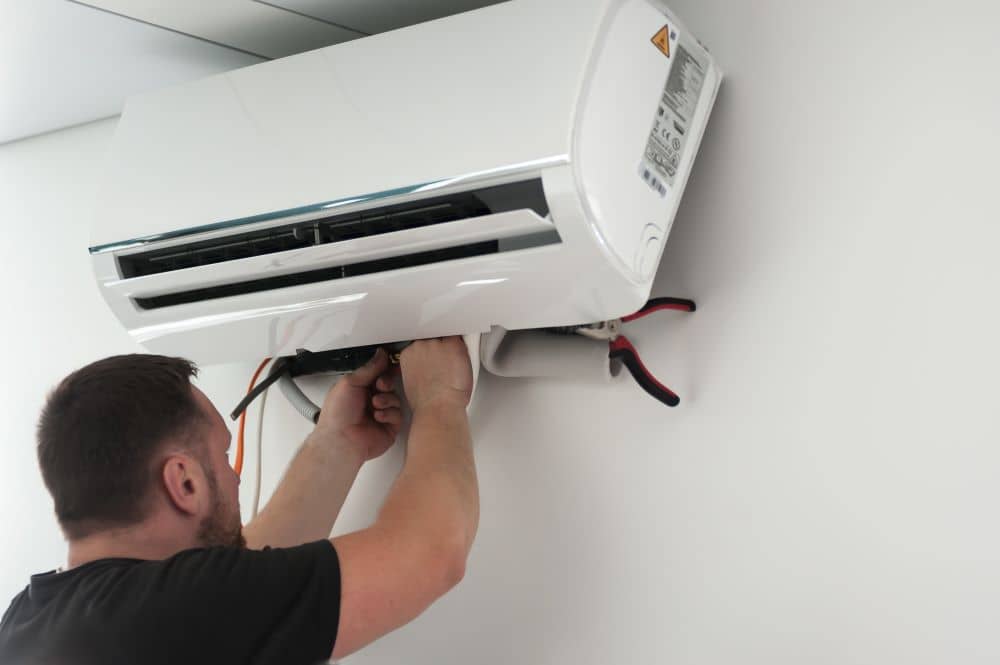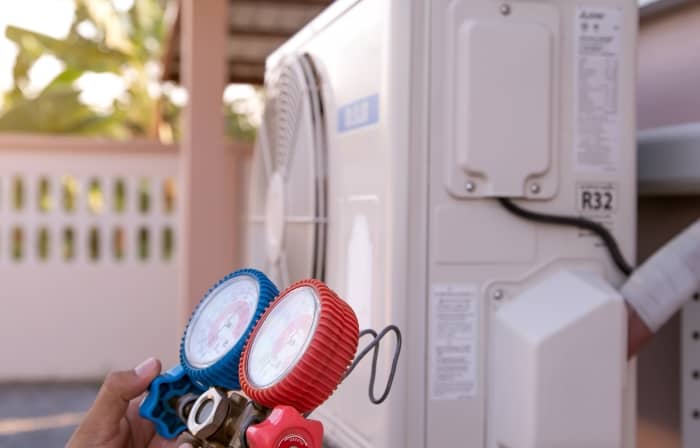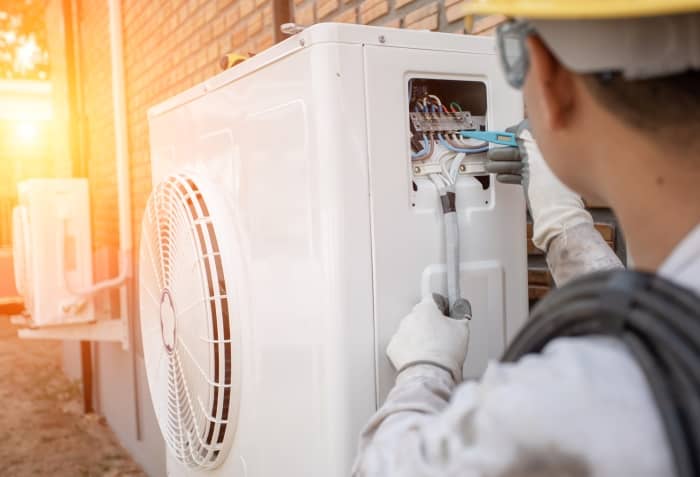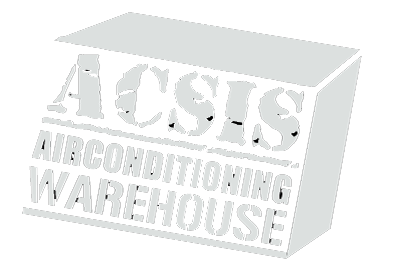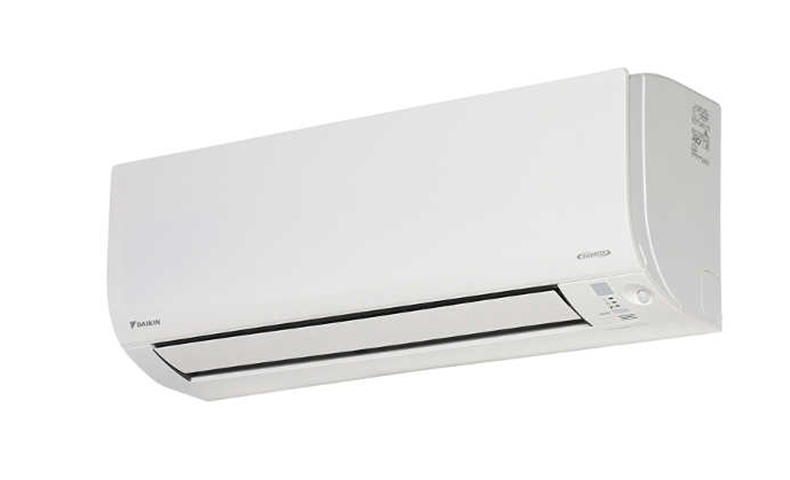If you’re a DIY aficionado, you may wonder if you can install your air conditioning system without the help of a professional. The answer is yes, you can.
To ensure that your DIY aircon installation is successful, avoid the following mistakes.
The 12 Most Common DIY Aircon Installation Mistakes:
1. Choosing the Wrong Aircon Size
Getting the air conditioner size wrong can lead to poor cooling performance. If it is too small, the unit will struggle to cool (or heat) the room, resulting in uneven temperature distribution. It also increases energy costs, especially if the aircon is too big for the space. In this instance, the system will cycle more frequently, leading to higher bills.
Other issues with improper sizing include reduced efficiency and shorter aircon lifespan. Read this post for aircon sizing assistance.
2. Failing to Check Wall and Ground Stability
Before installation, it is imperative to examine the wall surface’s strength and stability. Do the same with the ground outside where you will install the outdoor unit or condenser. Your unit can quickly fall off if installed in an unstable or weakened spot. It will not only lead to damage to the expensive unit but can also cause injuries to individuals who may be nearby.
3. Placing the Unit in the Wrong Area
The exact location where you install your aircon has a significant impact on its efficiency and performance. Failure to take the airflow, sun exposure, and accessibility into consideration can be a costly mistake.
The correct installation spot will depend on the aircon type and your requirements. We recommend installing a split unit on an external wall, as high up and close to the ceiling as possible. It should also be near the middle of the room for maximum efficiency.
4. Positioning the Thermostat Incorrectly
Misplaced thermostats and sensors can lead to excessive heating or cooling. The primary role of a thermostat is to detect the temperature in the area where it is installed. It will then communicate with the aircon to tell the unit whether the spot requires less or more cooling or heating. For example, if the thermostat is exposed to direct sunlight, it will demand extra cooling from the aircon.
5. Insulating Inefficiently
One of the biggest mistakes in installing a new aircon is a poor floor, wall, and ceiling insulation. No matter how expensive and massive the unit size, it’s heating/cooling effects can diminish with inadequate insulation. The impact of proper insulation is not only felt indoors but also in your wallet. A correctly insulated attic space can give you up to 50% in savings for your home heating bills.
6. Messing Up on the Refrigerant
Incorrect insulation of the refrigerant line can lead to aircon malfunction. The appliance relies on the refrigerant to run. This refrigerant is in liquid-gas form and travels from the outdoor unit to the interior unit through the refrigerant line. Suppose this line is exposed to harsh elements without proper insulation. In that case, it can quickly lead to inefficiency, placing excessive strain on the aircon.
7. Forgetting to Vermin-Proof
Installing your aircon system means that you need to make entry and exit holes for drainage and pipework. Unfortunately, these holes can become doors for welcoming unwanted pests. Ensure these holes are sealed as soon as possible so vermin cannot enter.
8. Placing Vents Incorrectly
This mistake applies to those installing a central aircon system, which requires the installation of a duct system. This duct system involves vent installation. Improper placement of vents can harm your home. For example, placing the vents on the ground means you cannot have sofas or furniture in that area. Vents should never be covered for them to work with your air conditioner. Don’t forget to clean and maintain the vents, as well.
9. Sealing Ductwork Improperly
Ductwork design or layout is crucial, particularly for ducted aircon. Unfortunately, DIYers often find this task complicated, resulting in design mistakes because of inexperience. The process usually requires consideration of zones and outlets for a given aircon capacity (expressed in kW), along with flex size and number. Ductwork is quite complex, which is why it should be left to professionals unless you are knowledgeable in this area.
Sealing the ductwork should be performed as precisely as possible; otherwise, it can contribute to the system’s inefficiency as air can escape through the duct cracks.
Is a ducted aircon for you? This blog can help you find the best-ducted air conditioner for your home.
10. Ignoring the Drainage System
Inadequate drainage is an all-too-common blunder with DIY aircon installation. Most units generate a considerable amount of moisture as they operate. That moisture should be drained suitably. If not, it can damage the unit and surrounding components, including roofs, floors, and walls. A poor drainage system can impact even your carpet, furniture, and TV.
Water build-up can cause numerous issues, including significant ones that can ruin your home. Ceiling collapse, for instance, is a widespread problem many homeowners face because of water in the walls.
11. Selecting the Wrong Spot for the Condenser
Poor outdoor unit (condenser) location is one thing that many DIYers neglect because they mainly focus on the interior unit. The condenser is as important as the indoor unit, and it affects the overall operation of the system.
Placing the condenser in the wrong spot can force it to work harder. For example, if you set it under direct heat and sunlight, the workload is increased. That’s why you should look for a shady and cool location before installing the outdoor unit.
12. Touching Electrical Components
Many DIYers and even inexperienced contractors make this mistake. They immediately touch the unit’s electrical components right after turning the power supply off. This is dangerous as it could result in electrical shocks. Make sure to allow at least five minutes before touching any component to prevent any unfortunate incidents during installation.
Another thing to remember is to keep the power supply turned off until the installation is complete. Installing split, ducted, or any aircon system is risky. There’s no such thing as being overly cautious, especially when dealing with anything electrical.
How to Avoid Costly DIY Aircon Installation Mistakes
You can avoid all 12 mistakes listed above with one simple solution: leave the job to the pros. Air conditioner installation requires specialist skills and knowledge. Before you start, be sure you are a qualified electrician or at least have previous experience installing electrical appliances like air conditioners.
Sure, you can save money on the costs of installation if you do it yourself in the short term. However, if you make a mistake it could cost you in the long term, and improper installation could put yourself and your family’s safety at risk. If you’re unfamiliar with the electrical system, there is an immense risk of electrical shock or fire. You may not also have the correct tools and materials, such as copper pipes, refrigerant, and electrical wires, to ensure a successful installation.
Finally, professional aircon installation can save you from voiding the manufacturer’s warranty on the air conditioner. Check the warranty terms first before you attempt to install it on your own.
Are you looking for aircon specialists in Perth? We’re here for you. No matter what type of air conditioner, whether ducted or split, we’ve got your installation covered. Contact ACSIS today!

